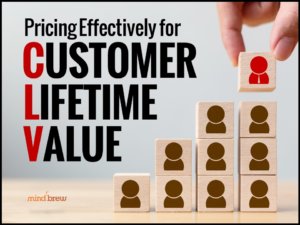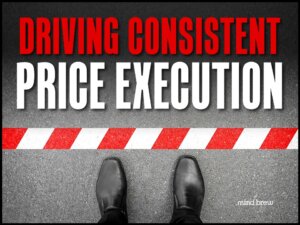Have you ever noticed how your expectations can color your experiences?
For example, imagine you are really looking forward to a new movie that is coming out. But then when you go, the movie is just so-so. You’re really disappointed because it didn’t live up to your expectations. But if your spouse drags you to a movie that you really don’t want to see and it turns out to be so-so, you’ll probably come out of the theater smiling because it was better than you expected.
When I was a teenager (many, many, many years ago), we saw this same dynamic at work when it came to the time that my brother and I got home at night. We didn’t have a curfew, but we had to tell our parents what time we were going to be home.
I always overestimated. If I thought I would be home at midnight, I told them 1:00. Then when I rolled in at 12:30, my parents thought I was the perfect child for getting home early.
My brother, on the other hand, never learned this lesson. Because he worried that they would be upset if he said he was coming home in the wee hours of the morning, he would say that he would be home at midnight. When he really got in at 12:30, Mom and Dad hit the roof. He was a half hour late, and they had been worried!
The important thing to notice here is that he and I got home at the same time. But because we managed parental expectations differently, he got grounded (repeatedly), while I was the golden child.
What does all this have to do with pricing?
As you probably guessed by now, this post is about setting customer expectations. And one excellent way to do that is to announce price increases to all of your customers—even those that in segments that aren’t actually going to experience the price increases.
We know—announcing price increases always seems scary. You really don’t want to do it. And why bother if a particular customer isn’t going to be charged the higher price anyway?
It all comes down to customer perceptions. If you tell them that you are raising prices on some customers for a particular reason (like the product has changed or your suppliers have increased their prices), you set the expectation in their mind that the value of your product has increased. Then you can tell them that because you appreciate them as a customer you’re going to grandfather them in at the lower price. Suddenly, it feels like they are getting a lot better deal, even though they are paying the same price they were before. This is the kind of price increase they like. They aren’t mad—they’re grateful! You may have even made them less likely to defect to a competitor.
This approach also sets the stage for future price increases down the road. If you have to come back to the customer in a couple of months with a higher price, it’s a softer blow because the customer already understood that the value of your product had gone up.
In our experience, many B2B firms are unnecessarily frightened of price increases.
In most cases, the root cause of this fear is a lack of knowledge. A lack of knowledge about the true value of your product. A lack of knowledge about how customers will respond. And a lack of knowledge about how competitors will respond.
In our research, we ran across some pricing practitioners who seemed much less frightened than others about pricing increases. We wanted to know what made them so brave, so we dug a little deeper. What we uncovered was that these fear-free firms had processes in place that gave them the knowledge other firms lacked. They knew exactly what was going to happen, so they didn’t get all worked up when a price increase became necessary.
We share their secrets in the webinar Corporate Survival Strategies for Raising Prices. A great companion piece is the express guide Timing Your Pricing Actions for Success, which offers a two-pronged approach that helps you manage customer—and internal—expectations and make price increases more successful.















